Disruption-proofChaos-proof your fulfilment with ShipBob
- Best-in-class fulfilment to add stability, protecting you from the never-ending changes across tariffs, de minimis values, and courier surcharges.
- Drive more revenue with fast delivery promises, beautiful unboxing experiences, and scalable omnichannel and global capabilities.
- Save money by tapping into the scale of ShipBob, and having us distribute your inventory across our network to reduce costs and speeds.

Ali Shahid,
COO of Our Place
By leveraging ShipBob’s fulfilment network, we cut our shipping costs by $1.5 million and reduced shipping speeds by half.
You’re in good hands
Join industry-leaders who have partnered with ShipBob to power their order fulfilment.





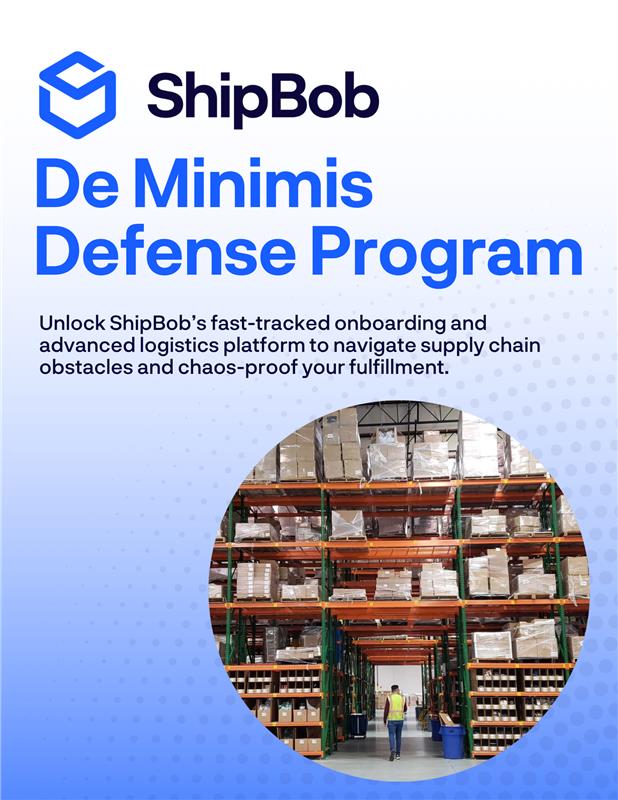
Access Our De Minimis Defense Program!
With de minimis ending, ShipBob is here to help.
- Onboard in 1 week (to 60+ global warehouses)
- Visit a US Hub and we’ll cover your flight
- 75% off your implementation & onboarding fees
- 50% off your first inbound order for our Inventory Placement Program
- VIP access to tariff optimisation & HTS partner
- Discounted inbound receiving
- Discounted US & cross-border fulfilment rates due to our scale of shipping 100M orders per year
250M+
Orders fulfilled
through the ShipBob Network
60+
Fulfilment centres
across the world
99.97%
Accuracy rate
in fulfilling orders
99.6%
Of orders ship on time
within SLA
ECOMMERCE FULFILLMENT solutions
ShipBob is an end-to-end fulfilment provider
INTEGRATE ALL OF YOUR TOOLS
Connect to 50+ few-click integrations from our App Store, or build directly with our developer-friendly API
STREAMLINED FULFILLMENT
How it works
From your online store to your customer’s door
Step One
Connect your store and sync your products in a couple clicks.
Step two
Send us your inventory, and we’ll help distribute it to your needs.
Step three
Relax as we handle picking, packing, and shipping for you!
ShipBob has deep industry expertise across many specialized categories:
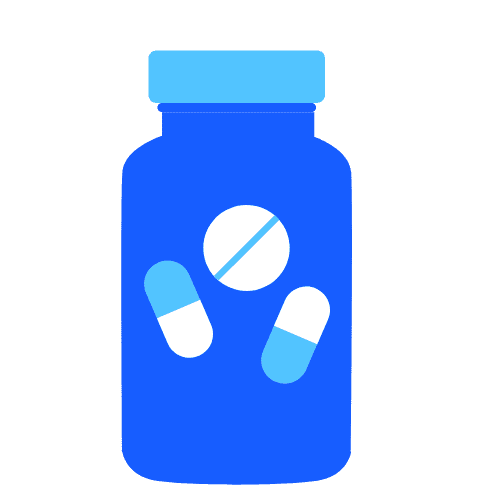
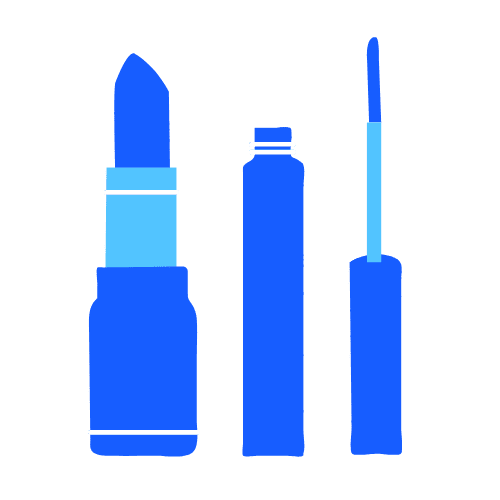
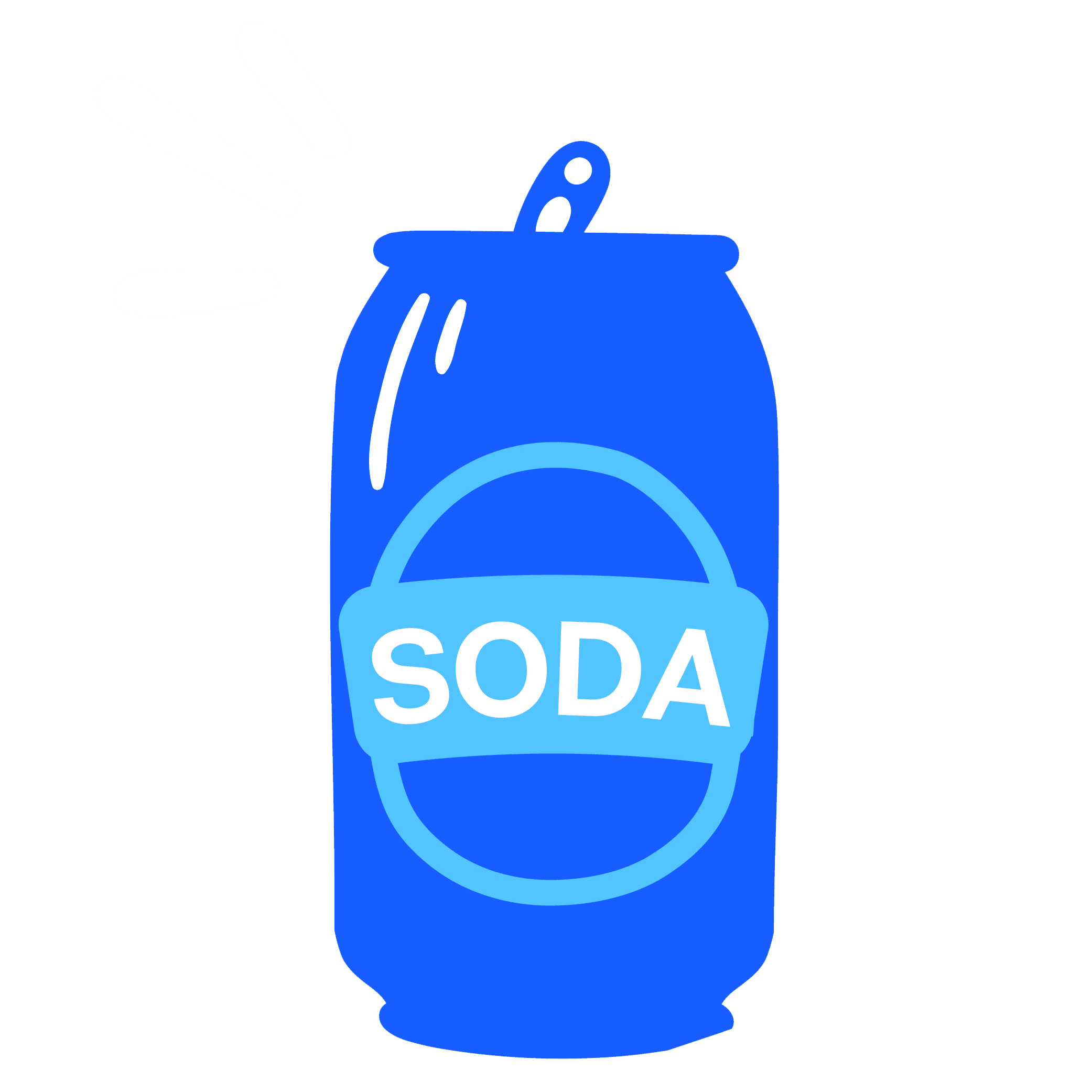

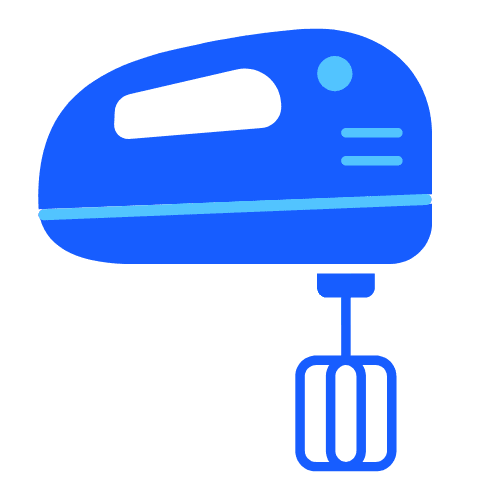


A partner that is an extension of your brand
ShipBob fulfils orders for some of the biggest names in ecommerce.
Ship from 60+ global locations
We use our network of fulfilment centres to help you strategically split and manage your inventory to reduce shipping costs and transit times.
Our Customers
Don’t just take our word for it — see why ShipBob is trusted by industry-leading brands
If someone is going to treat your products like their own, that’s the most you can hope for in a fulfilment partner. ShipBob does exactly that. The customer experience and brand consistency is really important to us, so to receive that level of support from ShipBob means so much to us.Stephanie Lee,
COO of PetLab Co.
Choosing ShipBob as our fulfilment partner meant there was minimal risk for us. It made sense from a financial point of view that we would be backed by a globally recognised company that would offer us preferential shipping rates, which we wouldn’t get from other small 3PLs.Connor Stewart,
Head of Operations + Impact at ARTAH
We couldn’t have imagined that we would get this big to 9 figures in sales – or that our first fulfilment provider would be able to scale with us all the way! ShipBob offers scaling brands an all-in-one partnership, so we can run our business with just 3 people on our operations team.Neil Blewitt,
SVP of Operations at Bloom Nutrition
ShipBob’s WMS automatically selects the best delivery method, so it costs us less and our customers get faster shipping. We’re saving hundreds of thousands of dollars per year, just in postage. Initially, we estimated over $400,000 in savings. ShipBob has helped us save 40% on total fulfilment costs.Adam LaGesse,
Global Warehousing Director at Spikeball
Expanding our warehouse network from 2 to 4 warehouses has translated into $1.5 million in freight cost savings for Our Place. It also cut our fulfilment and shipping times in half, from 5 or 6 days to just 2.5 days.Ali Shahid,
COO of Our Place





































